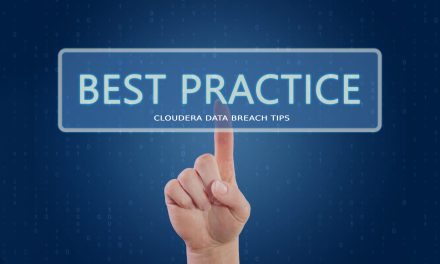To dispel this festering myth, here are four ways to ensure digitalization does not end up in ransomization.
We are well into 2021 and cyberthreats continue to be a thorn for businesses as loopholes in defenses transform into more insidious variants.
Organizations face a constant barrage of threats that can affect their bottom lines: the estimated losses that financial institutions can potentially incur yearly is anywhere between US$100bn and US$300bn, according to our studies.
And, as businesses turn to the Cloud to improve their infrastructure and processes, cybercriminals are quick to follow suit by crafting threats that aim to compromise cloud platforms and application security.
One misconfiguration away from a breach
The Cloud is an environment that promises to improve almost any business, but in it lies security challenges of its own: misconfigurations—one of the most common ways a cyber felon can gain a foothold in your cloud environment.
All a perpetrator needs are a set of compromised or weak credentials to pose as a legitimate user and take advantage of systems. Other times, they exploit a vulnerability in software that is deployed in your environment.
Alarmingly, it does not take much technical knowledge to extract data or compromise an organization’s cloud assets. The worst cases of exposed data can often be attributed to simple human error rather than a concerted attack.
Cloud configuration best practices
Given that cloud services are offered by service providers that handle the hardware and back-end portions of the cloud, it is easy to assume that they are also responsible for every aspect of security.
The truth is that cloud security is a shared responsibility: while the service provider offers security for the underlying infrastructure, the organization is responsible for securing the data. This means implementing access policies, ensuring proper encryption, and managing the overall configuration of the cloud service to fit the needs of the organization.
Here are some best practices to secure your Cloud:
- Employ the principle of least privilege: Access to specific portions of the system should be given only to users who need it (ZTNA).
- Secure all endpoints in the network: The use of cloud infrastructure does not rule out the need for stronger endpoint security. Many attacks start at the endpoint level, and this is no different when it comes to cloud-based systems.
- Isolate the most critical infrastructure: The fewer people with access to important data, the more secure the system is from potential attacks.
- Encrypt data passing through the cloud: Data—both in transit and at rest—should be encrypted as a general security measure. Many cloud service providers already offer encryption of data as part of their security measures, but organizations that want to take their cloud security further can look into solutions that include data encryption.
Cloud security must not be tacked on
Organizations have to understand the primary threats and challenges they face in a cloud environment, and perhaps more importantly, the need to incorporate security not as something that gets tacked on after the fact, but as an integral part of a well-designed Cloud implementation.





















